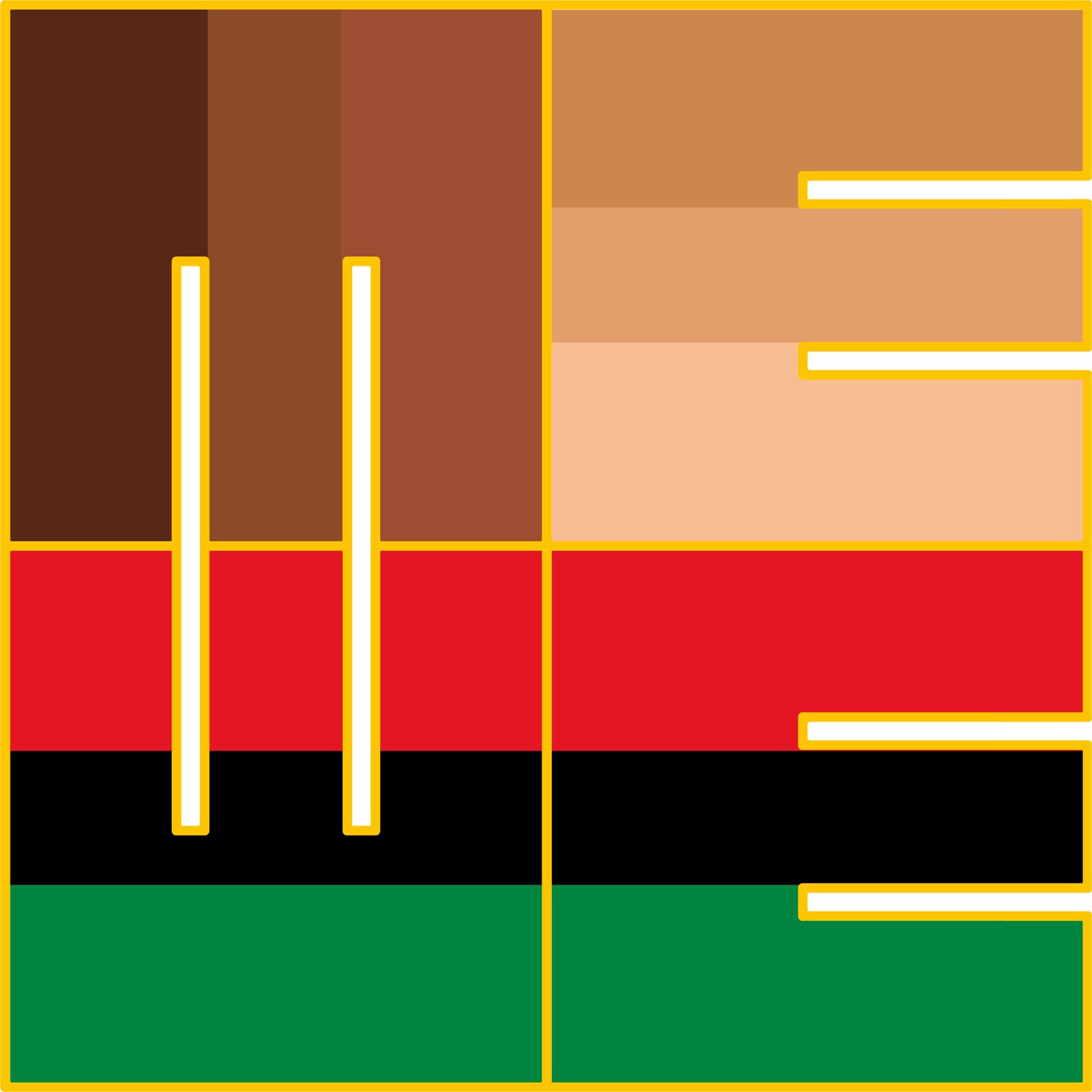The History of the Red, Black & Green Pan-African Flag
The Pan-African Flag, which you might have heard of as the UNIA flag, the Afro-American flag, or the Black Liberation flag, came to life in 1920. Some folks also call it the Marcus Garvey flag. It was all about representing freedom, pride, and the political strength of Black Americans.
Marcus Garvey was a Jamaican activist, writer, and speaker. He's the founder of the Universal Negro Improvement Association and African Communities League (UNIA) with the support of his pals and fellow activists. Their goal? To fight against colonialism and champion Black nationalism.
The red, black, and green colors of the Pan-African flag each carry significant symbolism:
Red: Red represents the bloodshed and sacrifices made by Black people throughout history in their struggles for liberation, justice, and equality. It serves as a powerful reminder of the resilience and determination of the Black community in the face of adversity.
Black: Black represents pride in the Black race and heritage. It signifies the beauty, strength, and unity of Black people worldwide. This color symbolizes a celebration of Black culture and identity, emphasizing self-respect and self-worth.
Green: Green symbolizes hope, growth, and a bright future for Black people. It represents the fertile lands of Africa, the motherland, and the potential for prosperity and success within the Black community. Green serves as a call to action, encouraging progress and unity for the betterment of Black individuals and their collective future.
The idea for the Pan-African flag came to life as a response to the nasty anti-Black folk song, "Every Race Has a Flag but the Coon." The creators wanted this flag to be a symbol of unity among Black folks and to finally legitimize us as a unified nation after centuries of slavery and disenfranchisement.
Jump forward to the 1960s, and the Pan-African flag was the go-to symbol for the Black Liberation movement. Activist groups were rocking it to show unity and wield its power. These days, you see that flag everywhere – at civil rights rallies, Martin Luther King, Jr. Day parades, and all sorts of events. It even made a statement during the protests sparked by the tragic killing of Michael Brown in 2014.
It is our hope to continue Mr. Garvey’s legacy and have Black people of all kinds from across the world to rally together under the mantle of the red, black and green.



